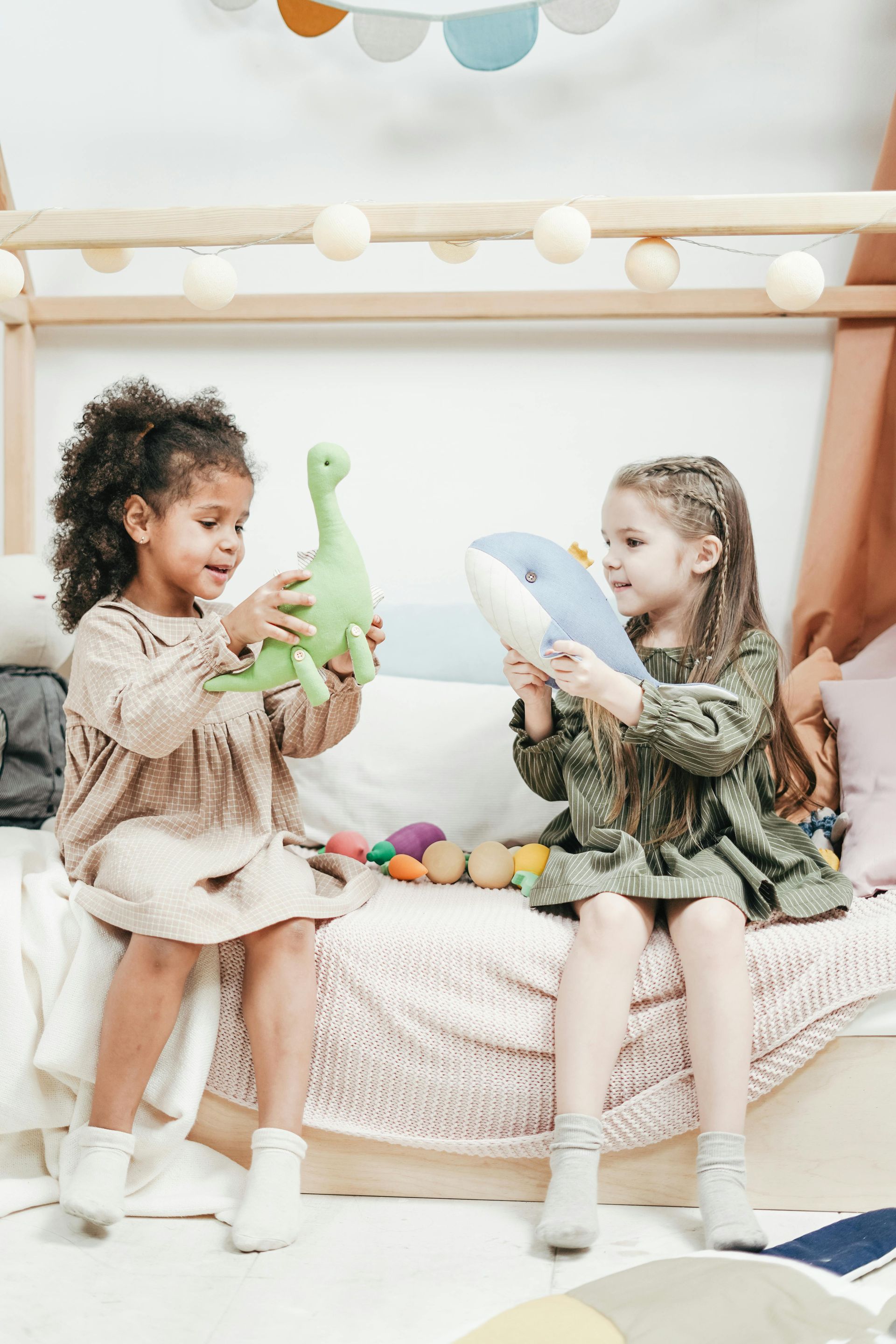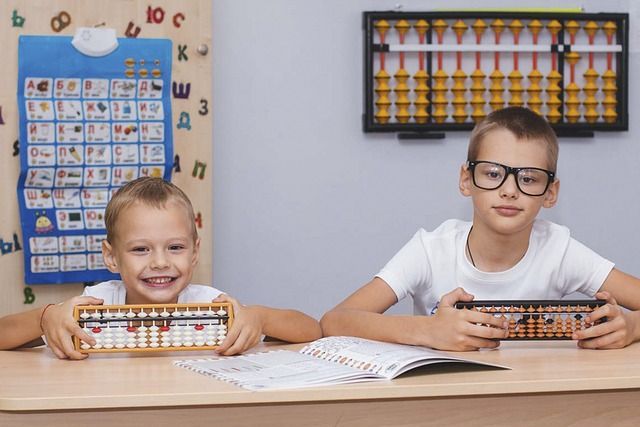How to Help Your Child’s Reading Anxiety
Does your child feel anxious about reading? Children can be nervous about any number of things, just like adults. Reading anxiety may stem from a lack of familiarity with the material, self-confidence issues, and many more. Fortunately, there are some quick and easy techniques you can teach your child to lower their anxiety.
I’m Virginia-based school assembly presenter Joe Romano. For over 30 years, I’ve delivered amazing and impactful assembly programs to schools in PA, NY, CT, MD, VA, Washington DC, and many other areas. Each month I write helpful articles like this one for school administrators and parents.
Why Kids Feel Reading Anxiety
Children may feel anxiety when reading for many reasons. But the biggest? Dwelling on past mistakes. If your child did poorly on a test, those feelings may stick with them. They may find themselves stuck in a loop of negativity. Anytime they think about a reading assignment or test, it triggers the same negative feelings as that prior failure or low grade.
But there is good news. Getting your child out of that emotional state is easy with the right techniques. This article will reveal 3 simple techniques to help your child lower their anxiety.
Children Dealing with Anxiety Technique #1: 3-3-3 Technique
This technique is simple, fast, and effective. In the 3-3-3 technique, when the person feels anxious, they should name aloud three things they can see around them. Then they name three things they can hear. Finally, they move three different parts of their body.
Why does this work so well? Simple. By redirecting the child’s attention to what they see, hear, and feel, they are distracting their mind from whatever is bothering them. People cannot focus on more than a few things at a time. Redirecting their attention to other things focusing their attention away from the anxiety. Presto! It works.
Children Dealing with Anxiety Technique #2: Stress Ball
Television shows and movies may make fun of them. But stress balls work incredibly well. Stress balls, as the name suggests, are balls designed for squeezing when someone feels anxious or angry. They work because they allow the person to use some of the nervous energy built up inside them. Anxiety is a manifestation of your fight-or-flight response.
The fight or flight response is designed to keep you safe. When your body perceives danger (real or imagined), it triggers this response. Your body gets flooded with adrenaline, blood gets diverted from your brain, and you are ‘battle ready.’
How Fight or Flight Impacts a Child’s Thinking Ability
Because thinking logically about a situation takes more cognitive effort and more time, those abilities are reduced. Because danger could strike at any second, your body’s system turns this response on, so you automatically flee a dangerous situation or try to fight through the danger. The response is supposed to be fast and immediate, without any logical thought.
But here’s the side effect. If the response is triggered and there’s no immediate danger…then what? The body keeps generating that response. So, if your child keeps thinking about what makes them anxious, their body keeps flooding them with adrenaline. And they can’t concentrate. By squeezing the stress ball, it provides a way to release some of their pent-up energy, making the anxiety feelings drop.
Children Dealing with Anxiety Technique #3: Self-Talk
When we are upset with ourselves, we tend to put ourselves down. We tell ourselves we are dumb, or the action we took was stupid, and on and on. But how we talk to ourselves, or our self-talk, can greatly impact how we feel about a situation…and ourselves.
Tell yourself you’re dumb enough times, and you’ll convince yourself you’re dumb. Part of it comes from the repetition of repeatedly telling yourself you're dumb. But the other part is your emotional state. When we tell ourselves we are dumb, we most often do it when we are upset.
Emotions, both good and bad, are the gateway to our subconscious minds. When we feel emotions, our subconscious minds are more open to suggestions. So, telling ourselves we are dumb when we are upset is the quickest way to absorb this idea into our subconscious mind’s belief systems. Once a belief is formed, they are hard to change.
Positive Self-Talk for Your Child
Teach your child some simple affirmations. Things like “I am smart” or “I feel good about myself” may sound simplistic, but a simple suggestion to oneself is most effective. Have your child repeat positive phrases to themselves each day to make it a habit.
Help Your Entire School Feel Good
Want to help every child at your school feel better? My “Smile! It’s Magic!” school assembly on confidence will help your students feel good about themselves. Using magic, join-in fun, kid-friendly humor, music, and more, this assembly will have your students holding their heads high and feeling good! Want more details? Contact me today for your no-obligation-free information.
SHARE POST



